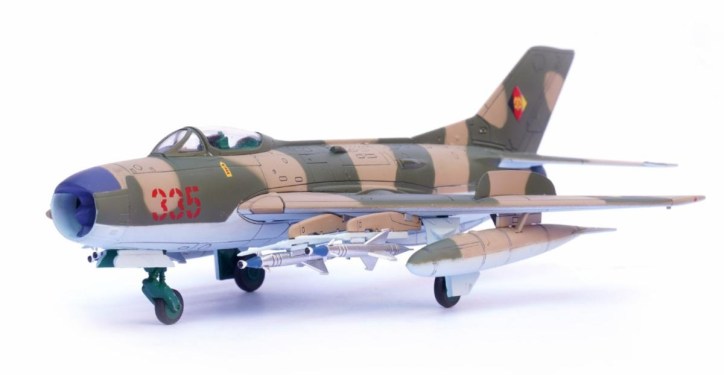
While the US Air Force has temporarily put the kabash on its NGAD (Next Generation Air Dominance) program due largely to escalating costs and its exploration of potential alternatives, it appears as if the PRC has forged ahead and revealed not one but two new sixth generation fighter aircraft currently in development. The War Zone has posted grainy images of a crewed tailless fighter that boasts rounded-edge characteristics typical of a stealthy design, what could be a tandem pilot seating configuration as well as internal storage bays. The Chengdu J-36 as its being called, could be more of a strike aircraft than a true air dominance fighter, designed to attack long distance targets such as Guam or at-sea naval assets.
Speculation has it that this new build boasts not two but three power plants, suggesting it is being designed with long-range capabilities in mind and the ability to return to its point of origin should one or even two engines fail mid flight. Some have even postulated that a tri-engine configuration is being incorporated into the air frame for power generation should the manufacturer field an energy-based weapon. Energy-based weapons such as lasers would require a huge amount of power to fire at short-range targets if a dogfight ensued. While this conclusion has merit, its not clear if the Chinese have advanced to the point where they can successfully incorporate an energy-based weapon on board a relatively smallish airborne platform such as a sixth generation aircraft.

Meanwhile, a slightly smaller second jet, currently being designated as the Shenyang J-50, has been spotted flying over a different test facility that may be a true air dominance fighter planned to operate much closer to shore and with less stores. As the War Zone reports, “According to unconfirmed accounts, the second combat aircraft design is from the Shenyang Aircraft Corporation (SAC), while the first, larger design is from the rival Chengdu Aircraft Corporation (CAC).”
Neither aircraft has an official designation as yet much less a NATO reporting name, largely because they have both been revealed to the public and defense officials in a rather surprising fashion. Needless to say both will be studied by think tanks and defense analysts around the world to determine their ultimate capabilities relative to current front line aircraft. And, as you might expect, the Internet is abuzz with speculation, so it remains to be seen what the Pentagon makes of these stunning developments and how they could impact a shooting war over the Straits of Taiwan.

It remains to be seen how far along both aircraft have progressed during their testing phases, any changes that may need to be incorporated into the prototype aircraft to overcome any perceived deficiencies and when the PRC feels it can push them along into the production phase whether or not they are completely ready for combat operations. The PRC has stated categorically that it plans to take back Taiwan by no later than 2027, by force if necessary, so these two new aircraft could play a pivotal role in the conduct of air-to-air combat operations over the island nation.
Back in late November, the National Interest published an intriguing article on the so-called “White Emperor” (Baidi), a supposed sixth generation fighter that was unveiled at the Zhuhai Airshow, developed by state-owned AVIC. While not fully functional, the sleek-looking mock up was characterized as an integrated space-air fighter, reportedly designed to feature supersonic capabilities that enable it to break through the Earth’s atmosphere for space operation. The National Interest went on to state that “China’s sixth-generation fighter was allegedly developed as a platform that optimizes stealth, combat agility, and fast speeds. While detailed specs and capabilities remain highly classified, published images and video footage of the jet showcase sleek, angular designs that emphasize stealth. Specifically, the cockpit canopy features a dark, multi-faceted design which will likely help minimize the aircraft’s reflective signatures.”

When taken in the aggregate, this means that three sixth generation aircraft are currently being developed by mainland China – two tailless and a third boasting a splayed vertical stabilizer configuration – all with the purpose of taking the PLAAF well beyond its current capabilities should a confrontation with the West occur in the not-too-distant future. Personally, I find it curious that the PRC would decide to trot out both of the latest aircraft during daytime hours for all the world to see and on the birth date of former premier, Mao Tse Tung, thereby giving the roll out added significance. That said, it remains to be seen if all three aircraft live up to their billing and whether or not the Chinese can build them in sufficient numbers that would have a telling effect in a shooting war.










